Few composers could claim to have invented an entirely new genre of film music. But that’s exactly what Ennio Morricone did for Spaghetti Westerns.
Back in the day, much of the music written for Westerns could be traced back to the pastoral Americana of Aaron Copland. Concert pieces like Rodeo immediately conjure up images of John Wayne, horses, and the iconography we’ve come to associate with the Old West, problematic or not, and these musical stereotypes were adopted by the likes of Alfred Newman, Dimitri Tiomkin, and Elmer Bernstein with great success.
But then A FISTFUL OF DOLLARS came out in 1964 and changed everything.
Imagine sitting in a dark theater. The main titles appear, and instead of Aaron Copland you hear grunts, whistling, grungy guitar licks and wild mariachi trumpet solos. A bunch of rowdy men chant “we can fight” in the background, punctuated by whip cracks and ringing bells. This type of music was so unexpected, so fresh and original, that it immediately captured the hearts of millions of viewers and became a smashing worldwide success.
The first in a trilogy of films between Ennio Morricone and Sergio Leone, A FISTFUL OF DOLLARS was quickly followed by A FEW DOLLARS MORE (1965), THE GOOD, THE BAD AND THE UGLY (1966), and ONCE UPON A TIME IN THE WEST (1968), each score more brilliant than the last, and each one virtually rewriting the book of Western clichés for a whole new generation of film composers. It’s virtually impossible to find a Western score today that doesn’t take some sort of inspiration from these Spaghetti Westerns, and if you pop in any Tarantino film, you’re guaranteed to hear a few pieces licensed from Morricone himself. The impact of his music was so resounding that every man, woman, and child on Earth remembers the theme to THE GOOD, THE BAD AND THE UGLY, even if they’ve never seen the film. I don’t even remember the first time I ever heard that tune, it was just something I’ve known since I was a baby along with all my nursery rhymes.
And yet, as groundbreaking and legendary as his Spaghetti Western scores were, they were but a mere fraction of his entire filmography, which spanned a staggering 500+ films in every genre imaginable. Make no mistake about it, Morricone was one hell of a work horse. In 1969 alone he managed to compose music to no less than 22 films; most A-list composers today tackle on average three-to-five films a year, aided by computers and an army of orchestrators, so the fact that Morricone outpaced them all with only a piece of paper and pencil was absolutely insane.
And these weren’t half-assed efforts. Time and time again, Morricone would craft incredible melodies, and then imbue them with left-field instrumental choices that work brilliantly in context. Take for example, the church organs in MISSION TO MARS (years before INTERSTELLAR, I might add), the pan pipes in ONCE UPON A TIME IN AMERICA, the stabbing electric guitars and harmonica in ONCE UPON A TIME IN THE WEST, the contrabassoons in THE HATEFUL EIGHT… this was Morricone in a nutshell. On one hand, he was a bona fide postmodern composer who took his concert pieces just as seriously as his film work, if not more so. On the other hand he was a hopeless romantic with a wicked sense of humor, who collaborated with the biggest Italian pop stars of the day. He was just as instrumental as John Williams in establishing film music as a legitimate mainstream art form, and thousands of people would flock to his concerts until the very end.
I can’t imagine a time in my life that wasn’t impacted by Morricone. I’d constantly hear homages to his work in the video games I played, the films I saw, not to mention the bonds I formed with many people in college over our mutual love of his music. One of my fondest memories was recording vocals for another composer on a Western short; the three of us were crammed into a small recording booth chanting “cactus gold” over and over again, while a fourth vocalist sang a glorious soprano melody in the spirit of Edda Dell’Orsso, Morricone’s most trusted vocal collaborator. It was all so gloriously cheesy and fun, and one of the first times I was really able to open up to others about listening to Morricone and film music in general.
Later on in life, his scores to THE MISSION and CINEMA PARADISO (my favorites of his) have helped me through some tough personal times. Both scores contain some of the most beautifully written melodies in cinematic history, and I would often listen to tracks from either album when losing loved ones, going through tough breakups, or suffering crises at work. They’ve both been instrumental in defining how I process emotions and convey them to other people through music composition, and I imagine my anxiety issues would’ve been much tougher to deal with if Morricone didn’t give me the confidence to be more open and vulnerable through my art. And now, as a working film composer, his shadow looms larger than ever. Even today I still study his instrumental choices and adopt them in my own films, and I can think of hundreds of other colleagues that do the same. Morricone is the main reason why I use pan pipes and harmonicas, why I’ll repurpose literally anything but the kitchen sink for percussive purposes, and why I hunt down instruments from every corner of the planet to evoke textures not achievable through orchestral music. I actually teared up in joy when I scored my first Western and used whip cracks for the end credits music; my passion for the man’s music had finally come full circle.
For those interested in doing a deep dive into his work and personal life, I highly recommend reading Ennio Morricone: In His Own Words. The author Alessandro De Rosa has a series of conversations with Morricone, who delves into his childhood, his years studying in the conservatory, successful and disastrous collaborations with various directors, and his philosophical views on the purpose of music, eloquently spoken and with a brutal honesty that could only come from an 87-year-old man with nothing left to prove. It’s a fantastic tribute to a composer that has lived several storied lifetimes through his work, and who will be uttered in the same breath as Mozart, Beethoven, and the Beatles for generations to come.
I’ll close this with one of my favorite Morricone stories, which I feel sums up his musical philosophy. Morricone concerts are the stuff of legends, and thousands of people would flock to Europe to hear him conduct pieces from THE MISSION and THE GOOD, THE BAD AND THE UGLY. During one fateful concert, the audience burst into applause when Morricone appeared on stage, primed and ready to hear the usual parade of classics. What would this modest, diminutive Italian start with first? “An Ecstasy of Gold”? “Gabriel’s Oboe”? Maybe “Jill’s Theme”? Morricone raised his baton… and the orchestra erupted with the most horrific atonal sounds imaginable, like rusty nails on a chalkboard. For the next 30 ungodly minutes, they proceeded to play his new avant garde concert piece to thousands of hapless listeners.
At 87 years old and with nothing left to prove, Morricone was eager as ever to shock and provoke audiences with his gleefully twisted experiments. Through this mindset, he changed the landscape of film scoring and created a legacy that will last for generations to come.
A list of essential Morricone scores that everyone should listen to:
THE MISSION
THE GOOD, THE BAD AND THE UGLY
CINEMA PARADISO
ONCE UPON A TIME IN THE WEST
ONCE UPON A TIME IN AMERICA
DAYS OF HEAVEN
THE BIG GUNDOWN
A FISTFUL OF DOLLARS
FATELESS
SECRET OF THE SAHARA
THE UNTOUCHABLES
THE SICILIAN CLAN
MY NAME IS NOBODY
LE PROFESSIONEL
VAMOS A MATAR, COMPANEROS
DUCK, YOU SUCKER
MISSION TO MARS
COME WHAT MAY
THE THING
THE HATEFUL EIGHT
MALENA
REVOLVER
TWO MULES FOR SISTER SARA
AN INVESTIGATION OF A CITIZEN ABOVE SUSPICION
NOSTROMO
MARCO POLO
NOVECENTO


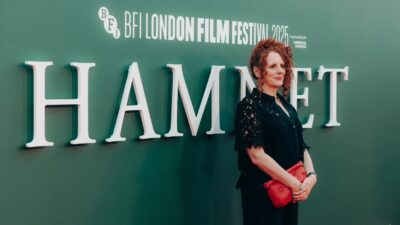

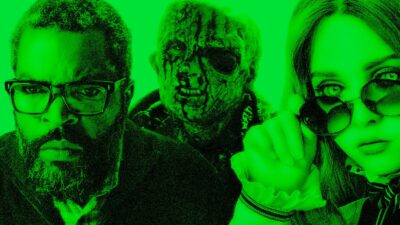

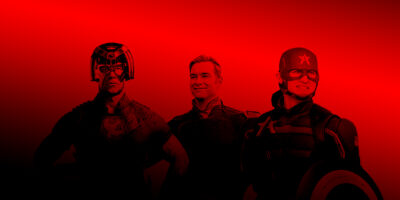


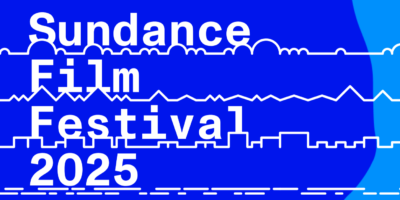
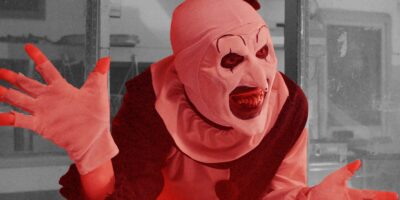
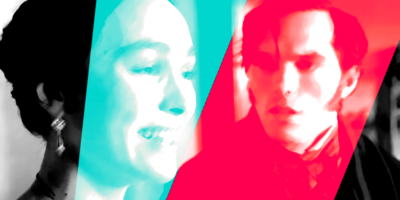




Comments